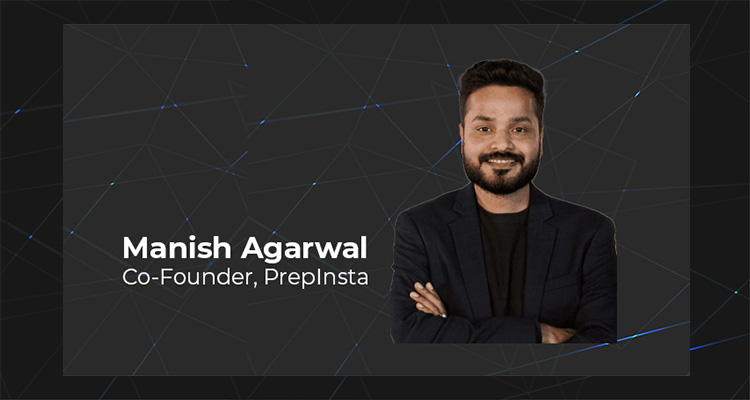Many Generative AI-based companies claim multilingual support. What proprietary phoneme-level optimisations or text normalisation strategies does Posibl AI deploy to differentiate itself from others.
Unlike other generative AI-based companies, Posibl AI goes deeper by focusing on accent, dialect, and phoneme-level optimisations specific to the Indian context. We’re building our own in-house TTS stack fine-tuned for regional variations, with proprietary text normalisation and phoneme mapping systems that better reflect local linguistic nuances. This allows our voice agents to sound more native, relatable, and intelligible, critical for financial conversations where trust and clarity matter.
In the context of collections, how does your voice AI optimise for right-party contact rate and minimise agent escalations, especially when dealing with sensitive defaulters?
We optimise right-party contact rates through advanced call routing and timing models, but what happens after the call connects is where the real differentiation lies. Our AI uses real-time intent recognition, tone analysis, and behavioural cues to assess the emotional state of the user. We’ve layered in empathy-driven conversation design not just scripts, but adaptive logic that helps the agent stay calm, polite, and supportive, especially in high-stress collection scenarios. This reduces escalation rates and builds better outcomes over time.
In terms of engagement, how are your call completion rates or conversion rates benchmarked against live-agent metrics? Are you integrating with CRM outcomes to track lead-to-loan or policy-bound conversions?
Yes, we actively benchmark against human agent metrics. In fact, we’re running controlled A/B experiments where one group is informed, they’re speaking to an AI agent and the other is not. Surprisingly, the Average Call Duration (ACD) for the announced group is often higher, showing user comfort and curiosity. We also integrate deeply with CRMs and track downstream metrics like lead-to-loan conversions, policy bindings, or KYC completions, allowing clients to measure ROI in real business terms not just call metrics.
For clients with multiple brands under one umbrella, can one AI agent serve both, or do you build completely separate interaction stacks?
We typically build multiple agents what we call a “swarm of agents,” tailored to each brand, use case, or customer journey. While infrastructure can be shared, each agent is optimized for tone, compliance, and persona based on brand-specific objectives. This modular swarm architecture lets us scale vertically within the client’s ecosystem while preserving brand voice and functional specialisation.
How does Posibl AI meet RBI’s evolving guidelines for AI-enabled customer contact in financial services, and do you maintain verifiable audit trails for every conversation?
We are a compliance-first company, with deep roots in the BFSI space. Our infrastructure is designed for regulatory-grade requirements including data localisation, encryption at rest and transit, data masking, and automated purging based on retention policies. Every interaction is logged with a tamper-proof audit trail, including transcripts, metadata, and outcomes. We follow a multi-tenant model to ensure data isolation for clients and are actively monitoring the RBI’s evolving AI and digital lending guidelines to stay ahead of compliance expectations.
What are your thoughts on India’s upcoming AI governance frameworks, and how do you see them impacting growth-stage AI startups?
India’s upcoming AI governance frameworks are a much-needed step toward creating responsible and trustworthy AI adoption, especially in sensitive sectors like financial services. For growth-stage startups like ours, they present both a challenge and an opportunity. The challenge is operational ensuring compliance without slowing innovation. But the opportunity lies in differentiation: startups that build with governance, fairness, and privacy at the core will gain faster regulatory trust and customer confidence. At Posibl AI, we view compliance as a moat, not a bottleneck.
Enjoyed this interview? Now, imagine yours. Write to:
editor@thefoundermedia.com




